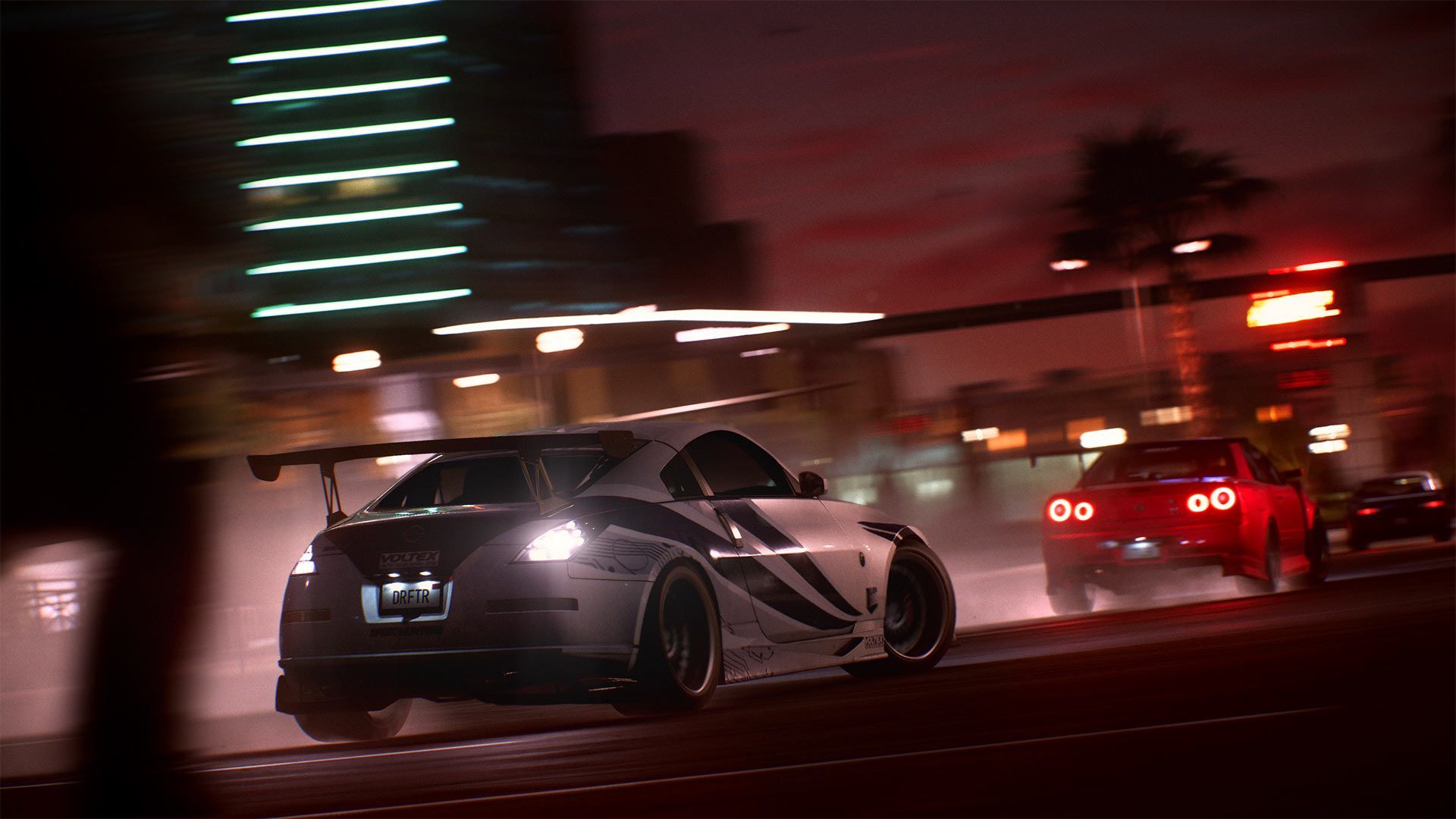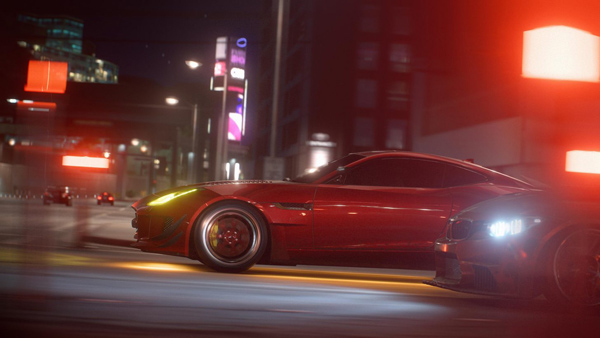“Are Lewis Hamilton and Fernando Alonso relatable to people who don’t want to be a professional racing champion?” posits Need Speed Payback creative director Will Ho. “Not everyone dreams of becoming a world champion. Those people who do are welcome to the party, but our fans are mostly people who want to find out why people want to drive fast.”
Thus, the inspiration behind Payback is revealed.
Want to get in some practice behind the wheel? Here are ten of the best driving games on PC.
Certainly, this is a vehicular experience that is a far cry from that associated with Hamilton and his Formula One peers. Payback is a game inspired and buoyed by the success of the The Fast and the Furious franchise, with terms like ‘thrill’ and ‘awe’ taking precedent over ‘realism’. Technical driving skill makes way for what what you might term ‘accessible cool’, with street racing, off-road, and drifting all achievable within minutes of getting behind the wheel. All three disciplines are focused on making you feel immediately like the Vin Diesel equal that you, let’s face it, probably aren’t.
Payback is an open-world arcade racer – set in the Las-Vegas-by-any-other-name city of Silver Rock, and surrounding Fortune Valley – in which a single-player story is woven into a landscape dotted liberally with collectibles, races, and mini-games – all available on an à la carte basis. The plot sees a talented street racer (played by you, natch) trying to simultaneously earn respect from their peers and take down a crime ring dubbed ‘The House’.

“Action movies in general are still really big, not just car movies,” Ho tells me when I put to him that Payback is surely an easier sell to players given The Fast and the Furious series’ success. “Action movies usually have some sort of car chase or car-based stunts and destruction, so that’s something that people want to see and something they intuitively understand.
“It’s natural for us to want to cater to that fantasy that people have. [In Payback] you’re not just watching the car action, you’re performing it. You get that personal sense of heroism because of that.”
Ho is right. Having played the opening few hours of Payback, it is clear that the game really does make you feel like a big deal. Let’s be clear: its story of revenge is hackneyed and derivative, and its handling model so simple that it verges on being patronising, but the whole thing is so charmingly comfortable in its own skin – and so self-aware regarding its goals and motivations – that it is impossible not to be swept along by the overblown pomp of it all.

The dialogue mimics the naïve simplicity of ‘80s Hollywood in how direct it is; characters dedicated to telling you their thoughts and motivations as opposed to showing you. But Payback is entirely Generation Z in the content of its dialogue, with frequent references to social media culture and politically correct themes of endearment being the order of the day. It is all rather shallow, sure, and it’s unlikely that you are going to come away from the story feeling smarter, but you won’t feel guilty for being entertained by it.
If the story is the chassis, in no small part designed to tempt those with no interest in the realities of digital driving, then the activities are the drivetrain. Pleasingly, given that the provision of an open-world environment means we’re likely to be spending more time driving then we are looking at cutscenes, Payback’s Fortune Valley offers plenty to do.
“We wanted to design an open world that supports gameplay and different styles of driving,” Ho says. “The mountains are crafted for drifting, the desert is crafted for off-roading and the strips are, at least in part, designed for interesting drag racing.
“There are lots of pieces to the puzzle that have to fit together in order to make a game that serves both a story and our open-world ideas. It took literally hundreds of iterations of the environment to get it to a place that feels cohesive and supports all of our ideas.”

There is no doubt that Fortune Valley is an interesting place to visit. Its healthy menu of activities, both mandatory and extra curricular, are a treat, but it is the visual impact of the world that takes centre stage.
Frostbite’s power has clearly encouraged Payback’s design team to spread their wings, resulting in a game world that puts many others to shame – a dazzlingly bright urban oasis plonked in the middle of an inhospitable desert, the concrete jungle merging into dusty trails flanked by windswept, sand-blasted mountains and outcrops. It is quite a place. The cheesy dialogue and ham-fisted acting are quickly forgotten as you look over the dunes and wonder what secrets lie in wait out there.
